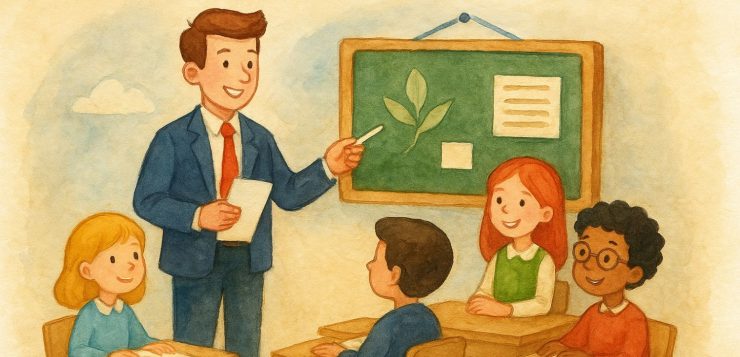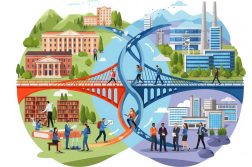Great schools run on trust before they run on timetables. The most effective principals treat relationships as core infrastructure deliberately designed, consistently maintained, and visibly led. When adults feel seen and students feel safe, collaboration flourishes, feedback flows, and learning accelerates.
Start with presence. Hallway visibility, classroom walk-throughs that end with appreciative feedback, and open-door office hours signal psychological safety and shared purpose. Small rituals, morning greetings, weekly shout-outs, handwritten notes, compound into a culture where effort is noticed and initiative is contagious.
Make trust operational. Protect meeting time for teams to plan together, study student work, and solve problems without blame. Use a “no surprises” norm upward and downward: leaders share tough news early with staff and supervisors, and invite the same candor in return. Clear, predictable communication, what’s changing, why it matters, how support will be provided, reduces anxiety and builds credibility.
Center relationships on learning. Coaching cycles, peer observations, and co-planned lessons connect adult growth to student outcomes. Leaders who model curiosity, asking what worked, for whom, and under what conditions, turn feedback into a shared inquiry rather than evaluation. Over time, that recasts accountability as collective efficacy.
Extend care beyond classrooms. Families read culture through consistency: fair discipline, timely callbacks, multilingual updates, and transparent decision-making. Community partnerships deepen relevance when they are reciprocal, students contribute, not just consume, and when leaders nurture the human ties that outlast single events.
Mind the middle: teacher wellbeing. Burnout erodes every other relationship. Thoughtful scheduling, flexible accommodations for life needs, and workload audits that remove low-value tasks tell staff their limits are respected. When leaders normalize boundaries and model them, teams sustain the energy required for great teaching.
Use technology to humanize. Digital tools should widen access and sharpen feedback, not replace judgment. Leaders set guardrails for privacy and bias while elevating teacher-designed rubrics and student voice. The litmus test: do tools create more meaningful conversations among students, teachers, and families?
In the end, relationships are not a soft add-on to hard results, they are the system that produces them. Principals who lead as chief relationship builders don’t trade rigor for warmth; they create the trust that makes rigor possible.




